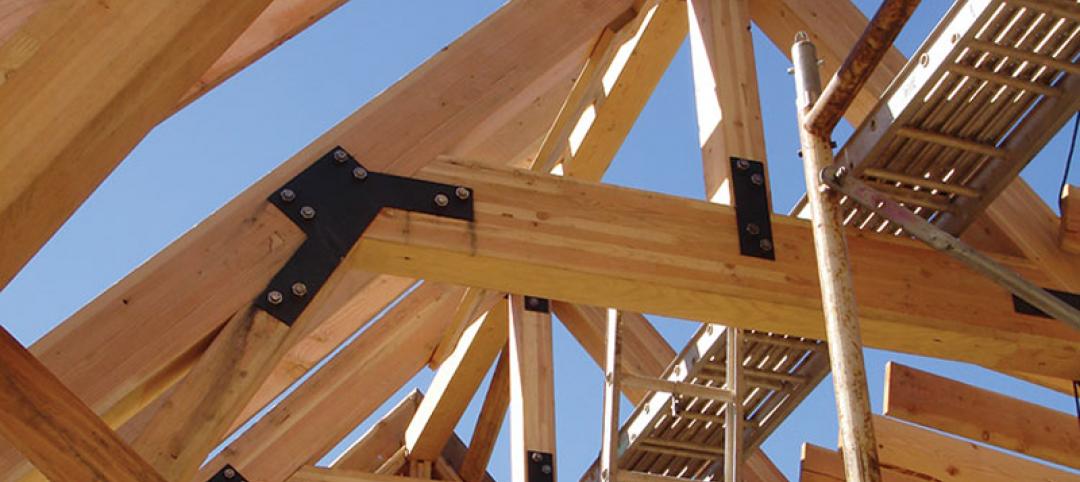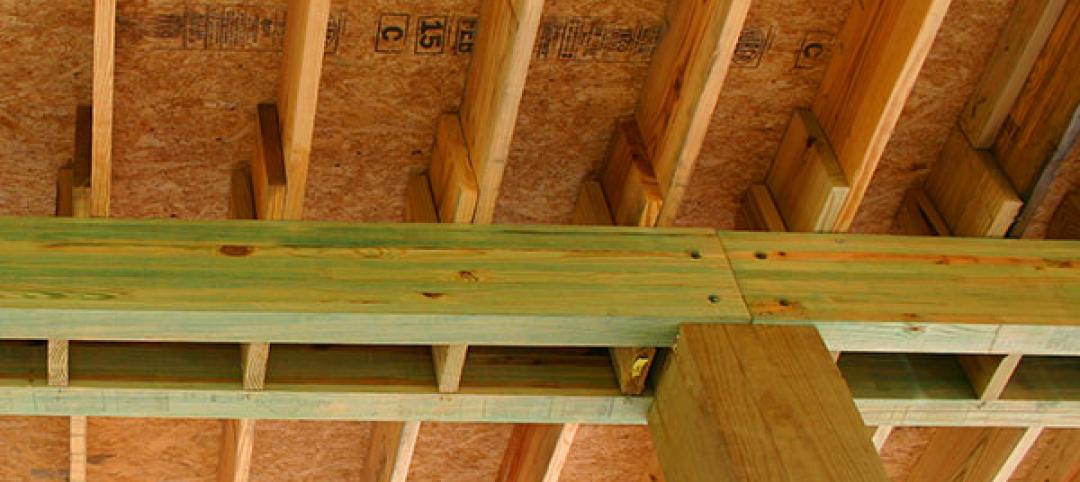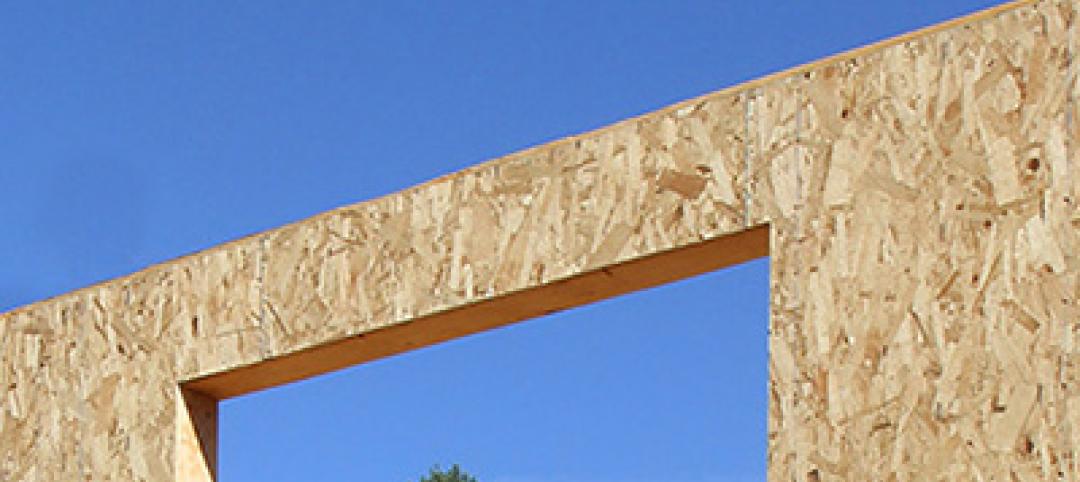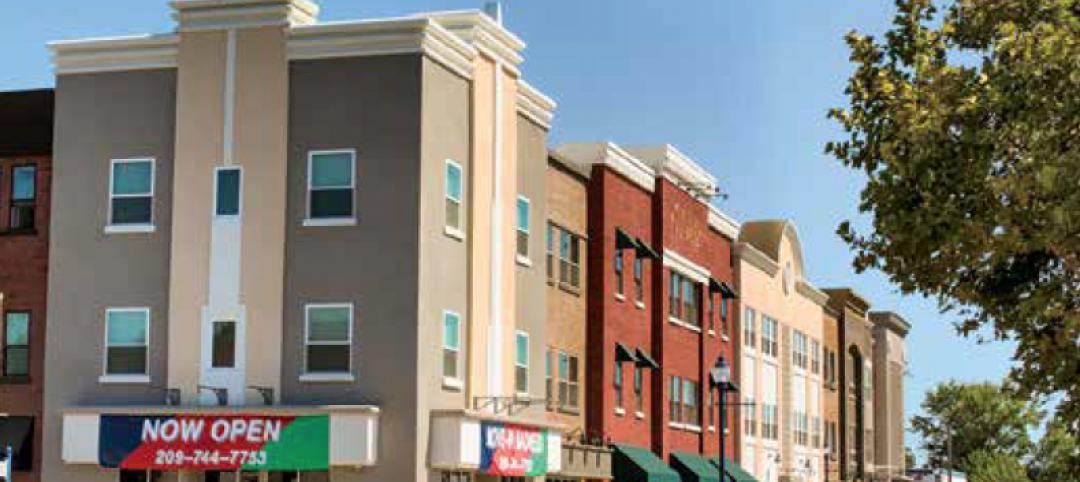Although demand for housing in the area was rising rapidly, development of a new apartment complex in Rialto, California, had stalled. Estimates for the complex’s framing costs were coming in high, and the project just wasn’t penciling out. So the developer, Barbara Monroy of BM Investments Company, took a fresh look at the design of the project.
At the advice of her framing contractor, Monroy turned to Amir Deihimi, PE, of Core Structure, Inc., who helped identify ways to build the project more efficiently while maintaining the structural integrity of the buildings.
At seven buildings with 120 units altogether, this presented a challenge. Each building, at about 20,000 square feet each, is unique with one-, two- and three-bedroom apartments located above on-grade garages. Each garage has its own private stairway to the unit above.
“The Santa Barbara Complex is literally on top of a southern California fault line, so the seismic loads are significant,” said Deihimi. “But there are more affordable engineering solutions, and they had not been fully explored.”
Deihimi replaced expensive steel framing with I-joist compatible glulam and double-sided wood structural panel portal frames using force transfer around openings (FTAO), a method of shear wall analysis popular in California that cut costs drastically without cutting seismic performance.
Core Structure initially focused the value engineering process on the prefabricated steel shear walls. Each apartment has its own garage and in the original design, each garage had four steel shear walls (two back-to-back). To replace the expensive steel walls, Core Structure designed a cost-effective double-sided wood structural panel portal frame with force transfer around openings shear wall analysis. The same method was used around the entire exterior of the building at the window openings.
“The only thing we needed to add was the sheathing above and below the header,” said Deihimi. “And if we’re not doing that for shear, the framer has to fur it out anyway. Plus, the straps help us eliminate two hold-downs next to the opening. Often, those are HD-type hold-downs, which can be costly and difficult to install. But by using FTAO, we just ended up with a strap on each far end of the wall for this particular design.”
To learn more about the project and force transfer around openings (FTAO), visit Value Engineering on Designers Circle.
More from Author
Karyn Beebe | Dec 7, 2015
Compelling conversations about wood: Engineered wood as expressive design
This installment features a wide-ranging discussion that reveals how a mix of engineered wood products lend themselves to expressive design — and what’s blocking today’s designers from fully embracing this aesthetic.
Karyn Beebe | Sep 17, 2015
Compelling conversations about wood: coastal environments
Architect Greg Mella and APA’s Karyn Beebe have a frank and far-reaching discussion about the tangibles and intangibles of using wood in corrosive environments—and beyond.
Karyn Beebe | Dec 5, 2014
Best practices for force transfer around openings
As wood-frame construction is continuously evolving, designers in many parts of the U.S. are optimizing design solutions that require the understanding of force transfer between elements in the lateral load-resisting system.
Karyn Beebe | Nov 5, 2014
How to maximize affordability and sustainability through all-wood podiums
Wood podium construction takes an age-old material and moves it into the 21st century.










